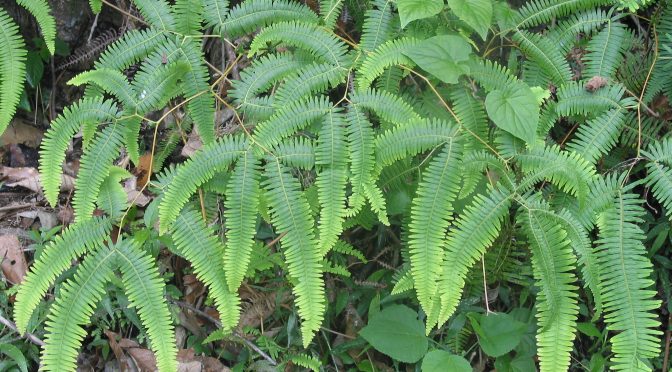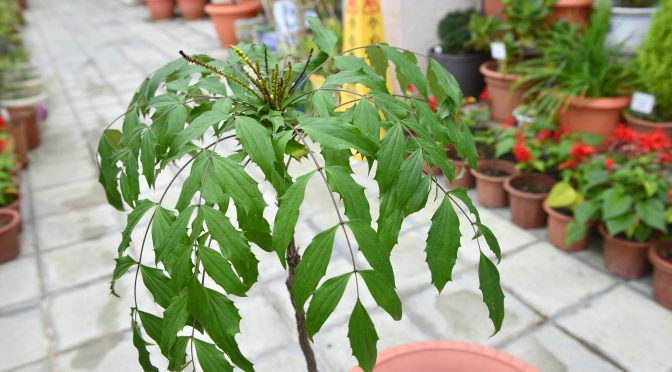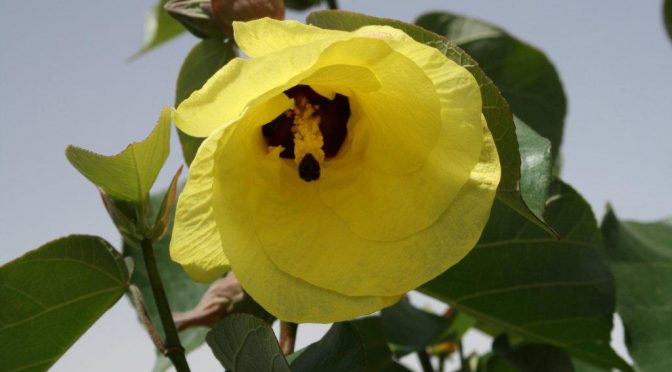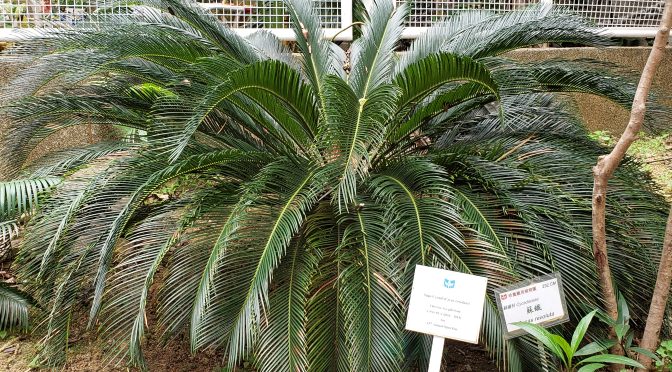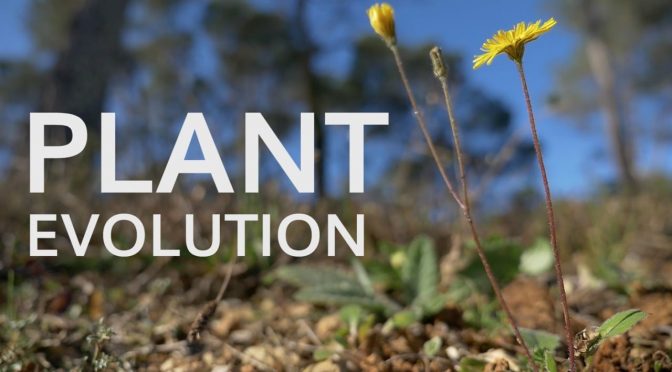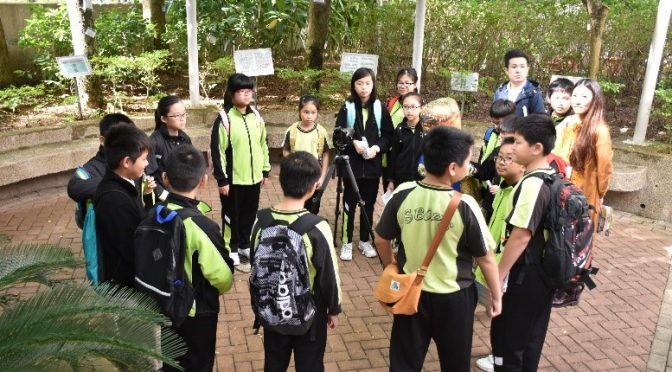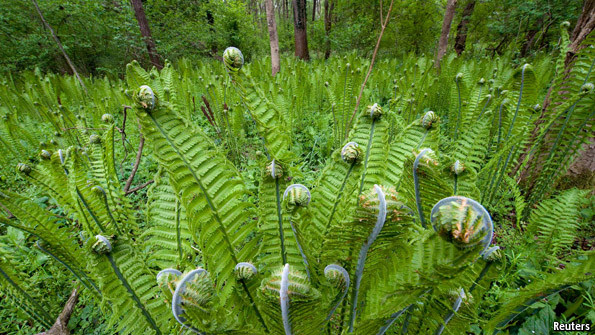
Introducing types of ferns
Ferns are among the oldest living plants on earth and there are both indoor and outdoor types of ferns. They normally have fronds (leaves) that drape and flow, adding a dramatic touch to a garden or indoor setting. List of Fern VarietiesMore than 20,000 known species of ferns grow around the world. Many types of ferns flourish both outdoors and as houseplants. Outdoor ferns thrive best in partially shaded areas and those grown indoors flourish in bright light, provided they are not placed in the…
